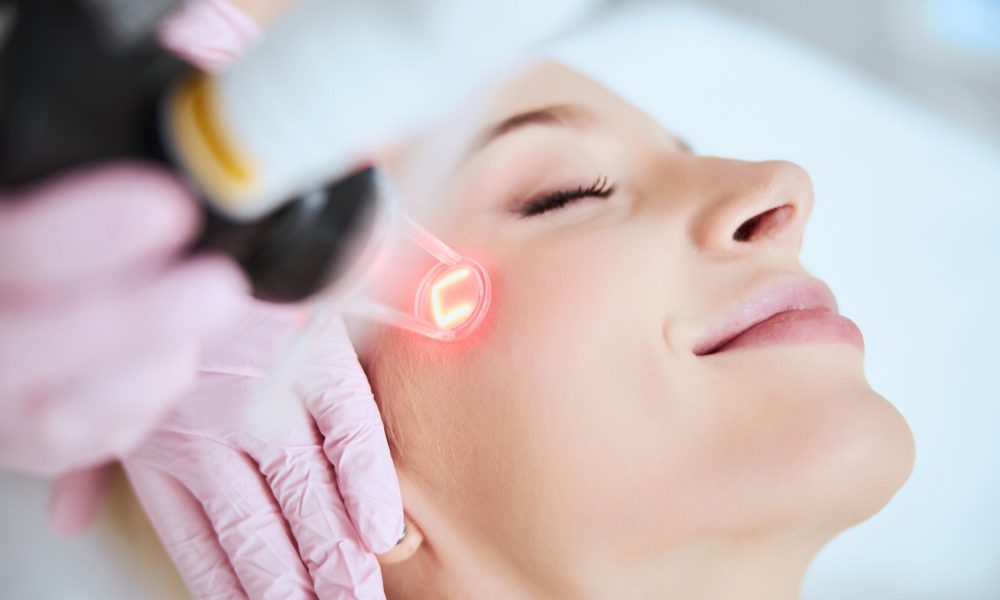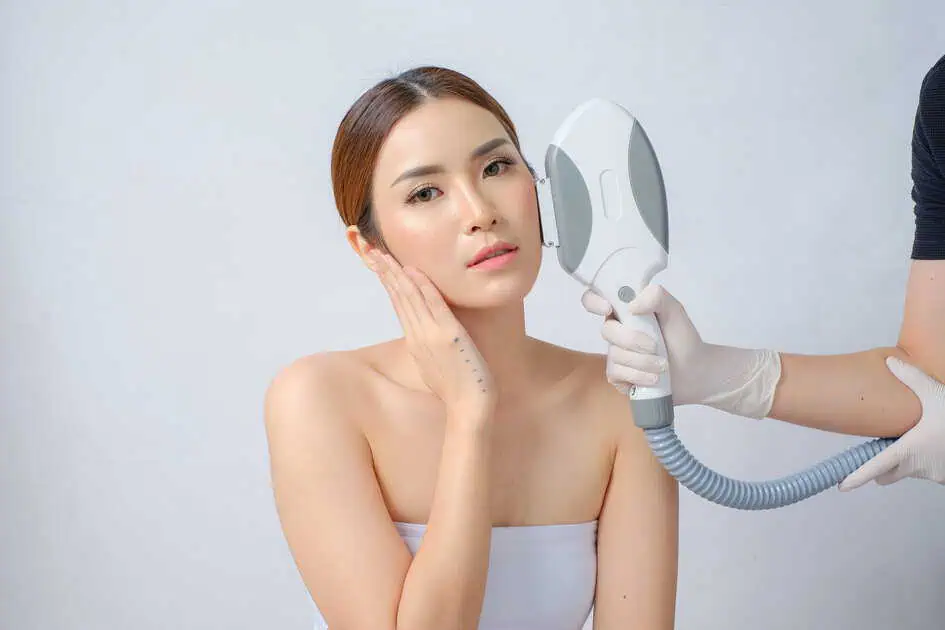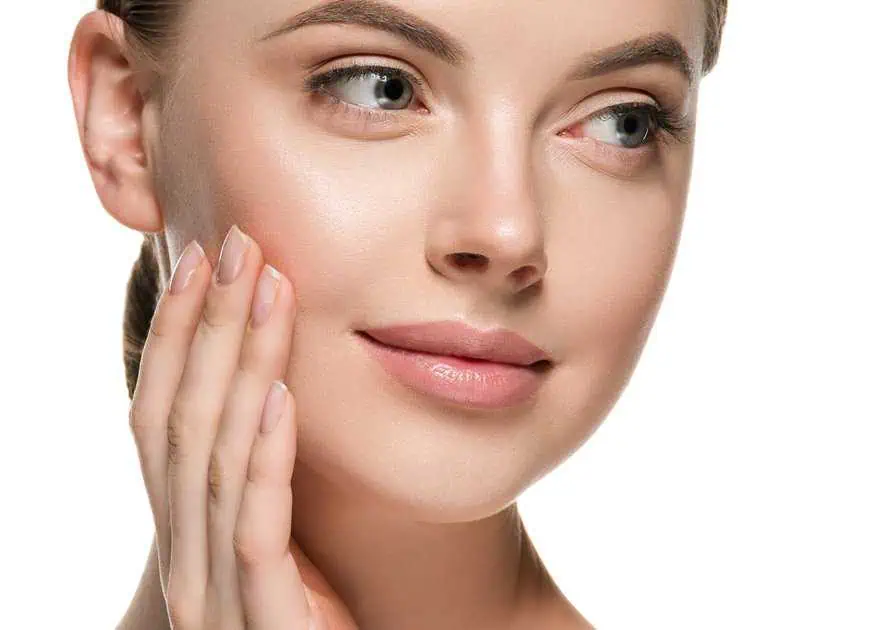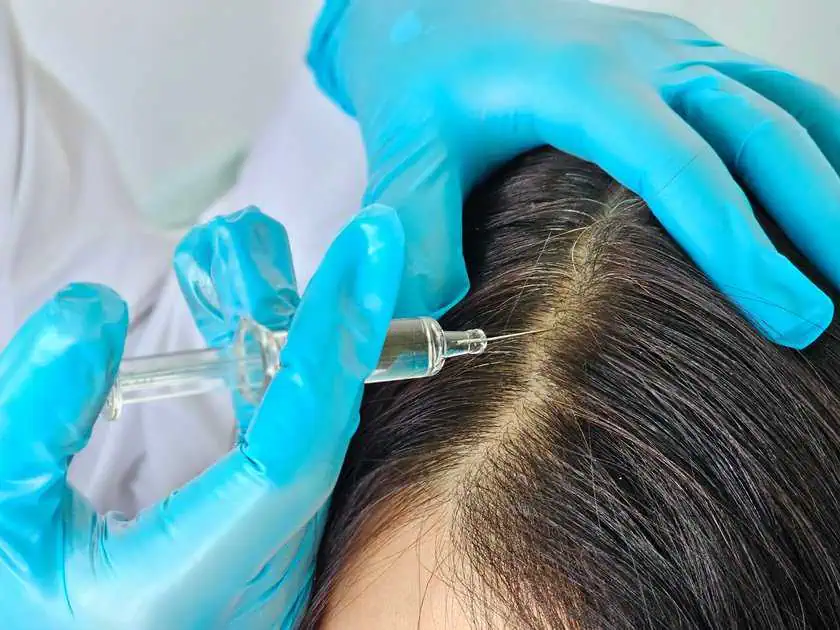Table of Contents
Laser skin resurfacing is today’s modern approach to skin rejuvenation. Also popularly known as a laser peel, laser vaporization, and lasabrasion, this treatment can reduce unwanted facial wrinkles, undesirable scars, and unflattering blemishes. Laser technologies give practitioners new levels of control in laser surfacing, permitting extreme precision, especially in delicate areas.
Today, let us know more about this procedure, how it works, and what to expect before and after you undergo its process. Read until the end and discover if laser skin resurfacing can work for your specific skin issues and concerns.
What is Laser Skin Resurfacing?
Laser skin resurfacing is a popular skincare procedure administered by professionals, such as dermatologists or physicians. This procedure involves laser technology to improve the texture and appearance of our skin.
Based on our individual needs, dermatologists may suggest either ablative or non-ablative lasers for the treatment. Ablative lasers consist of carbon dioxide (CO2) or Erbium. These CO2 laser skin resurfacing treatments help remove scars, deep wrinkles, and warts. The component Erbium is mainly used for more delicate lines and wrinkles, together with other skin concerns, usually on a superficial level only. Both ablative laser types remove outside layers of the skin.
On the other hand, non-ablative lasers don’t mess up any layers of the skin. These laser types include pulsed lights, pulsed-dye lasers, and fractional lasers. Moreover, non-ablative lasers may be used for rosacea, spider veins, and acne-related skin concerns.
Ideal Candidates for Laser Skin Resurfacing
One might resort to this skin procedure if their skin concerns are related to age, sun damage, or acne that aren’t treatable using over-the-counter products. In addition, practitioners can utilize laser skin resurfacing in treating one or more of the following skin concerns:
- acne scars
- age spots
- crow’s feet
- enlarged oil glands
- fine lines and wrinkles
- scars
- sagging skin
- uneven skin tone
- warts
Our natural skin tone can also significantly affect whether laser skin resurfacing is the best cosmetic procedure for our skin concerns. Those of us with lighter skin tones are often good candidates because they carry a reduced risk for hyperpigmentation.
However, skin experts usually misconstrued that laser skin resurfacing treatments are only for people with light skin. The best thing to do is to work with professionals like dermatologists or physicians who know which of these lasers will work best for darker skin tones. In addition, this procedure may not be suitable for people with active acne breakouts or excessive sagging skin.
What to Expect from this Procedure
Laser skin resurfacing is a treatment that targets the skin’s outer layers while heating the lower dermal layers simultaneously. This process eventually promotes the production of collagen. Ideally, new collagen fibers will help produce new skin, much smoother in texture and much firmer to the touch.
The laser skin resurfacing process usually involves the following steps:
- Before the treatment, your skin needs to be prepared. This preparation involves a series of treatments done several weeks before your scheduled treatment. Purportedly, laser skin resurfacing is designed to increase your skin’s tolerance to professional treatments. It can also decrease your risk of side effects.
- On your scheduled procedure day, your doctor will apply a topical anesthetic to the treated area. This topical reduces pain and makes you more comfortable during the process. If a large skin area is being treated, your doctor may suggest a sedative or painkillers.
- Next, the skin is cleansed to remove excess dirt, oil, and bacteria.
- Practitioners will begin the treatment with the selected laser for your particular condition. Then, this laser is moved slowly around the designated area of the skin.
- Ultimately, practitioners will dress and wrap the treatment area, helping protect the skin at the end of the procedure.
Possible Side effects and Potential Risks
Like other cosmetic procedures, laser skin resurfacing poses a risk for side effects. These factors include the following:
- bumps
- burning
- hyperpigmentation
- infection
- rash
- redness
- scars
- swelling
Following your doctor’s pre-care and post-care instructions may lessen the risk of these complications. You may be prescribed a preventive antibiotic or antiviral medication based on your medical history.
Aftercare and Recovery
Even though there are dermatologic surgeons who perform laser skin resurfacing, these particular procedures aren’t entirely classified as true-to-form surgeries. That’s why you can already leave your doctor’s office immediately after your system.
Still, downtime and recovery are necessary to ensure your skin heals properly. This measure reduces your risk for side effects and helps you achieve the desired results.
After-effects and Duration
Typically, healing takes around 3 and 10 days. As one general rule, more extensive treatment areas and deeper lasers equate to more extended recovery periods. For example, recovery from ablative laser treatment may take up to three weeks.
During recovery, your skin may be highly reddish and scabbed all over. Also, light peeling will eventually occur. For this instance, you can use ice packs to alleviate the severity of any swelling.
Although you don’t need to be at home during recovery, avoiding a known place where germs linger, like the gym, could increase your risk of infection.
Cleansing
You’ll also need to adjust your daily skincare routine. Skin experts say you’ll need to clean the treated area twice daily. Instead of your usual cleanser, you’ll use saline or vinegar-based solution recommended by your doctor.
You’ll also need to wear new dressings to keep your skin clean. Daily moisturizers can also aid in the healing process, but it is still best to consult this procedure with your doctor or healthcare provider first.
Protection
Our skin may become sensitive to sun exposure for the next year following your every laser skin resurfacing procedure. Wearing sunscreen with a minimum SPF of 30 can help reduce your risk of having too much sun damage, such as sunburn.
It can also help to apply sunscreen at least once every morning, even when it’s cloudy outside, to protect your sensitive skin. Make sure to do reapplications throughout the day whenever necessary.
What Results to Expect
Treatments using non-ablative lasers don’t pose significant risks of having side effects. However, you may be required multiple treatments to achieve your desired results. On the other hand, ablative lasers may resolve your skin issues with only one treatment.
Individually, procedure results will significantly vary based on the extent of the initial concerns being treated. You can expect your results to last several years after you have completed your treatment sessions. But remember, these results aren’t permanent as you want them to transpire. So, there might be a need to repeat the procedure.
Final Takeaways
Laser skin resurfacing can significantly reduce the appearance of scars and fine lines, deep wrinkles, acne-related inflammation, and more. Ask advice from your trusted doctor or healthcare provider to know if laser skin resurfacing is the most suitable treatment for your particular skin issues and concerns.
Are you interested in experiencing laser skin resurfacing? Our great friends at Beauty Boss Co. Aesthetics and Wellness can help you today. Visit them now! http://cobotmedpsa.com






